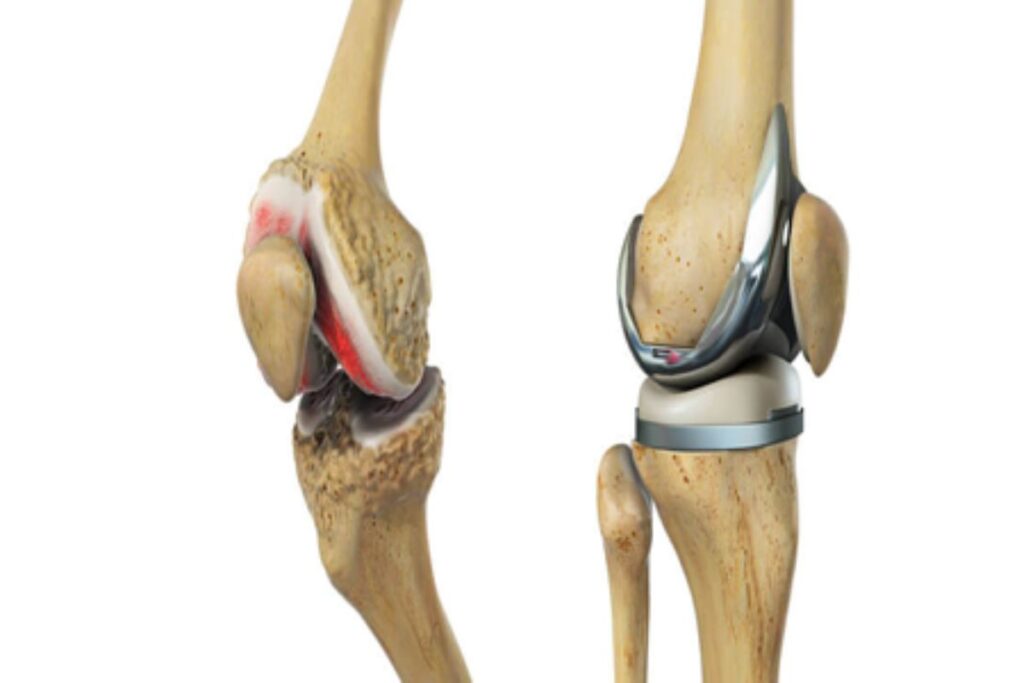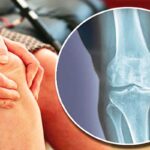
Joint pain and degeneration are common concerns as people age, with conditions like osteoarthritis and rheumatoid arthritis being prevalent causes. When the pain becomes unbearable or mobility is compromised, patients are faced with a crucial decision: should they preserve their joints or opt for joint replacement? Dr. Ashish Suryawanshi, the best orthopedic doctor in Pune, emphasizes that understanding the difference between joint preservation and joint replacement, as well as the available treatment options, is essential for making an informed decision about your joint health. Whether through lifestyle modifications, non-surgical interventions, or surgical procedures, there are multiple paths to managing joint issues effectively.
What are Joint Preservation and Joint Replacement?
Joint preservation and joint replacement are two distinct approaches to managing joint health.
Joint preservation refers to methods and procedures aimed at maintaining the function and integrity of a joint for as long as possible. These methods are typically used when the joint damage is not yet severe, and the goal is to delay or avoid the need for replacement surgery. The focus is on improving or maintaining the joint’s health through non-surgical or minimally invasive methods.
Joint replacement, on the other hand, is a surgical procedure in which a damaged or arthritic joint is replaced with a prosthetic joint. This option is generally considered when the joint is severely damaged and no other methods can effectively manage the symptoms. Some of the most common joint replacements are performed on the hip, knee, and shoulder.
What lifestyle changes can help preserve joint health?
One of the most effective ways to preserve joint health is through lifestyle modifications. These changes can help prevent further joint deterioration, reduce pain, and maintain joint function. Some key lifestyle changes include:
Maintaining a Healthy Weight:
Excess weight places additional strain on weight-bearing joints, such as the knees, hips, and lower back. Maintaining a healthy weight can reduce the pressure on these joints, helping to prevent further damage.
Regular Exercise:
Low-impact exercises such as swimming, walking, or cycling can help maintain joint mobility and strengthen the muscles around the joints. Strong muscles support joints and reduce the risk of injury or wear.
Proper Nutrition:
Eating a balanced diet rich in nutrients, including antioxidants and omega-3 fatty acids, can help reduce inflammation and support joint health. Supplements such as glucosamine and chondroitin can help promote cartilage health.
Rest and Joint Protection:
Taking regular breaks from repetitive activities and avoiding activities that place excessive strain on the joints can prevent further damage.
What are the Non-Surgical Interventions for Preserving Joints?
In addition to lifestyle modifications, there are several non-surgical interventions that can help preserve joint health. These interventions aim to manage pain, reduce inflammation, and maintain joint function without the need for invasive surgery. Some common non-surgical treatments include:
Physical Therapy: A physical therapist can guide patients through specific exercises designed to strengthen the muscles around the joint, improve flexibility, and increase mobility.
Medications: Nonsteroidal anti-inflammatory drugs (NSAIDs) can reduce pain and inflammation, while corticosteroid injections may provide temporary relief from joint inflammation.
Hyaluronic Acid Injections: These injections are used to lubricate the joint, improving its range of motion and reducing pain. This treatment is frequently employed for knee osteoarthritis.
Platelet-Rich Plasma (PRP) Therapy: PRP therapy involves injecting the patient’s own blood platelets into the joint to promote healing and reduce inflammation.
What are the methods used for joint replacement?
When joint damage is severe and non-surgical treatments are no longer effective, joint replacement may be the best option. Joint replacement surgery entails removing the damaged joint and replacing it with an artificial implant. Some of the most common joint replacement procedures include:
Hip Replacement:
The damaged hip joint is replaced with an artificial hip made of metal, plastic, or ceramic materials.
Knee Replacement:
The damaged knee joint is replaced with a metal and plastic prosthetic joint to restore movement and reduce pain.
Shoulder Replacement:
In cases of severe arthritis or rotator cuff damage, the shoulder joint may be replaced with a prosthesis.
What surgical methods are employed in joint replacement?
The techniques used for joint replacement surgery have evolved significantly over the years, making the procedures safer and more effective. Several widely used surgical methods include:
Traditional Surgery: This involves making a large incision to access the joint and remove the damaged components. Afterward, the new prosthetic joint is implanted. Recovery time can be longer with traditional surgery.
Minimally Invasive Surgery: With this technique, smaller incisions are made, leading to less tissue disruption, shorter hospital stays, and faster recovery times. Minimally invasive procedures may not be appropriate for every patient. Computer-Assisted Surgery: Advanced technologies, such as robotic-assisted surgery, allow surgeons to make more precise cuts, improving the accuracy of joint placement and reducing the risk of complications.
Summary
When it comes to managing joint health, individuals have several options. Dr. Ashish Suryawanshi, the best orthopedic doctor in Pune, provides expert guidance on both joint preservation and joint replacement. Joint preservation techniques, such as lifestyle modifications, physical therapy, and non-surgical treatments, can help maintain joint function and delay the need for surgery. However, when joint damage is severe, joint replacement surgery may be the best option for restoring mobility and reducing pain. Dr. Suryawanshi’s clinics in Nigdi and Thergaon, Pune, offer comprehensive care for patients looking to preserve or replace their joints, ensuring the best possible outcomes through advanced surgical techniques and personalized treatment plans. Whatever your joint health needs, seeking the right care from an experienced orthopedic surgeon is essential for maintaining an active and pain-free life.




